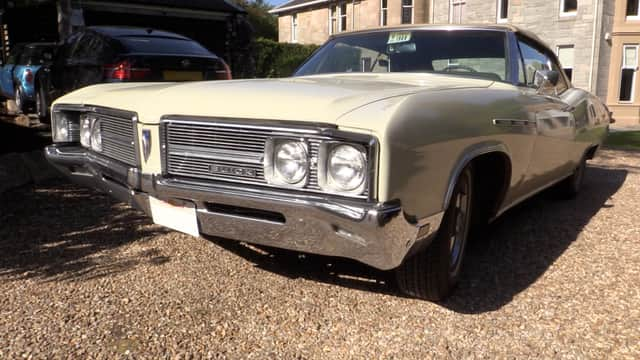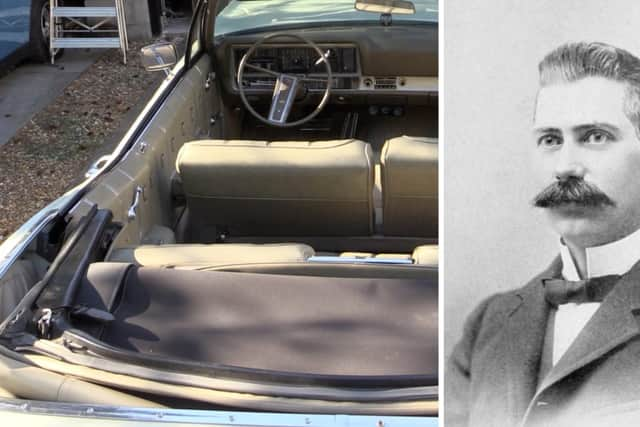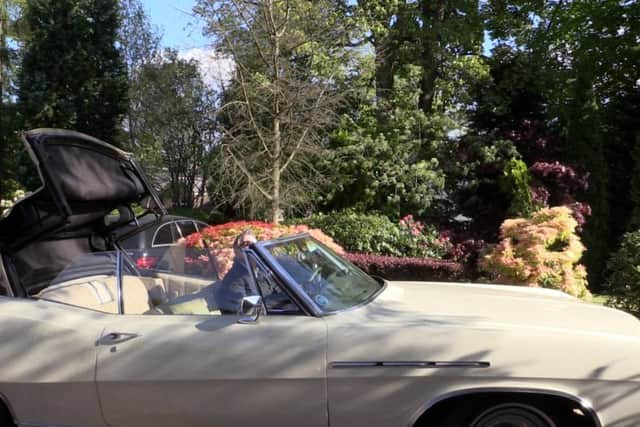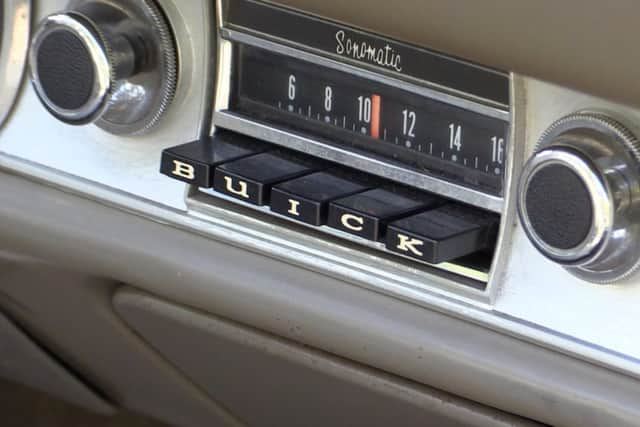David Dunbar Buick: Scots engineer who lost everything on automotive gamble


The iconic luxury of Buick motors have the distinction of being the oldest American brand of automobiles, but Scotland has the honour of being home to its founder.
David Dunbar Buick was born in Arbroath, Angus in September 17 1854. Like the founding titans of American industry before him, he travelled to America with his family as an infant.
Advertisement
Hide AdAdvertisement
Hide AdAfter leaving school, he took work manufacturing plumbing equipment, but before long he was showing an aptitude for innovation, including an early lawn sprinkler and a cost-effective means for enamelling cast iron bathtubs.


It was in the 1890s when Buick began showing interest in the motoring world. He had a particular interest in combustion engines - so much so that he all-but-ignored the plumbing business, ending with the eventual dissolving of the company.
In 1899, the Scot set up Buick Auto-Vim and Power Company in Detroit, Michigan, selling combustion engines in the hope of revolutionising agriculture.
Over the next three years, he set his sights on producing a complete vehicle, draining his resources while generating no return and the finished car, created with chief engineer Walter Marr.
He was out of money and a single car to show for his work. Despite the immeasurable odds being stacked against him, he founded Buick Motor Company in early 1902 and immediately set to work developing a revolutionary ‘valve-in-head’ overhead valve engine.


David Dunbar Buick never lived to see the car manufacturer hit its stride
Today’s overhead cam engines are all generally derived from David Dunbar Buick’s innovative designs.
By 1906, Buick’s frivolity had caught up with him. He was awarded a severance package from the company he had helped build and left with only one share in the firm. Buick Motor Company’s president, William C. Durrant - former General Manager and Buick’s chief investor - purchased his share for $100,000, equal to $2.7million today.
Advertisement
Hide AdAdvertisement
Hide AdFor those left in any doubt about Buick’s significant role in the history of motoring, his life's work would later become the foundation on which General Motors was established.


The Scot unsuccessfully revisited the automotive industry in 1921 with Lorraine Motors, but was almost completely broke by 1928 and in 1929 he died from cancer, aged 74.
David Dunbar Buick was ushered into the Automotive Hall of Fame in 1974 for his contribution to the fledgling industry in the late 19th Century.
At the turn of the millennium, automotive historian Vincent Curcio said: "To date, over 35,000,000 motor cars have been built in his name, which will never be lost to history."
David Quigley opens up the LeSabre's roof


It's one thing to know about the man, but it's something completely different to explore the menagerie of iconic beasts that retained his name throughout the 20th Century.
David Quigley, a Scottish collector of vintage American cars, owns one of the few classic Buick automobiles to be found in Scotland.
If it looks familiar, you've likely spotted the 1968 Buick LeSabre on the set of BBC hit show Outlander, or in one of the other period shows it has been used in. He likens the driving experience to "riding on air".
He explains how he fell in love with the throaty growl emitted from American muscle cars when his parents took him on an American vacation as a teenager. Now, he's the proud owner - and driver - of seven classic American cars.
Advertisement
Hide AdAdvertisement
Hide AdUnlike those collectors who buy to preserve, David has bought classics to put them through their paces out on the open road.
"The cars are there to be seen," he says, "I don't think there's any point having a vehicle like this unless you're out and about getting seen in it."


The attention to detail is unrecognisable from today's mass production vehicles
In particular, he enjoys the friendly interactions he has with other drivers who often allow him generous right of way to grant them a few extra moments to admire the rare vehicle.
"You usually get a thumbs up as opposed to two fingers and people asking you to take photos. It's great, you get a lot of buzz out of the way that people react to seeing cars that are a little bit unusual."
From grill to the iconic winged rear lights, the '68 LeSabre exceeds 5.5 meters, so it's little wonder other drivers give him a wide berth.
"I think if you've got anything this size approaching you," he says, "by the time you've taken it in and had a look at it, [they're] thinking 'well I might as well let them out'.
"I think as well, because they're quite big, people maybe like to see them coming out at an angle.
"Just because they're different, I think there's a bit of a fascination - you don't have to be a petrolhead to want to see one of these things going by."